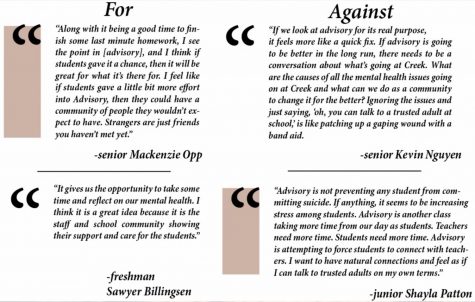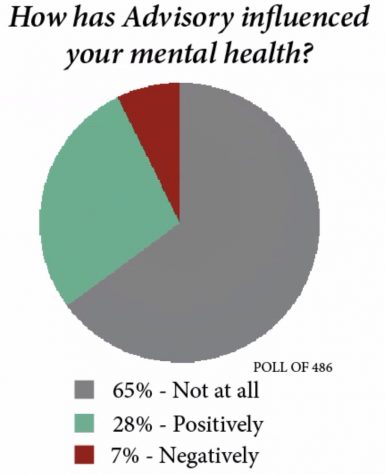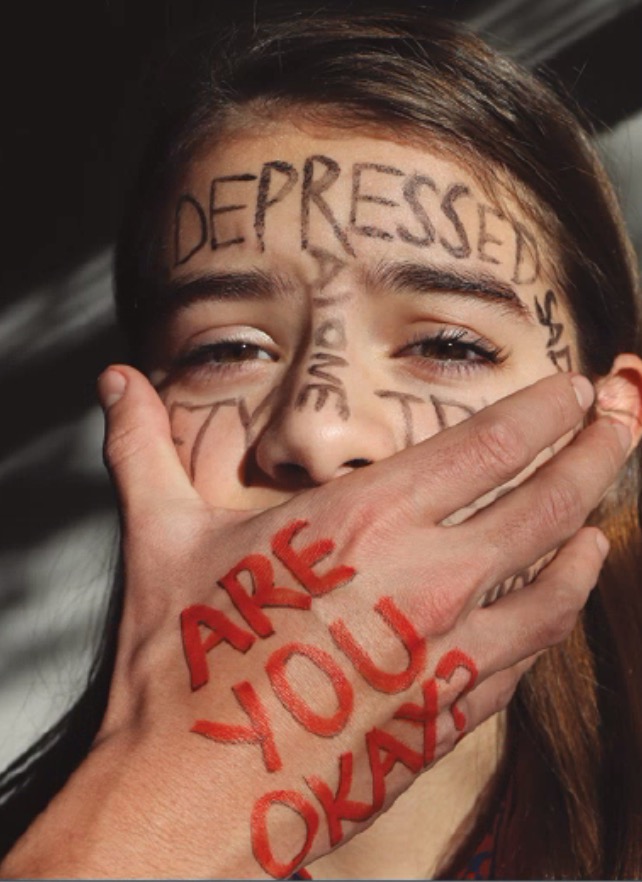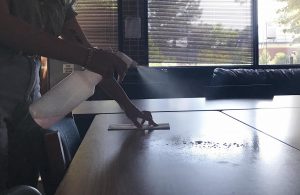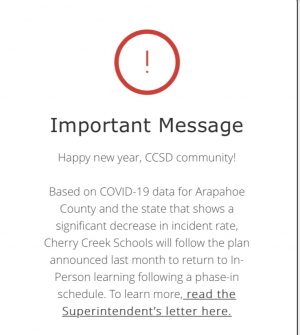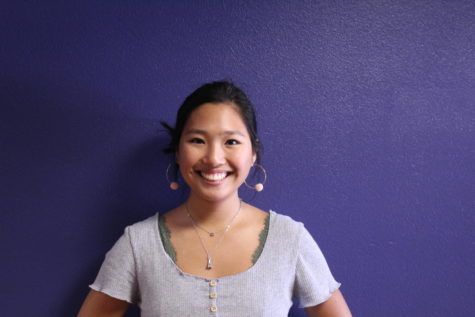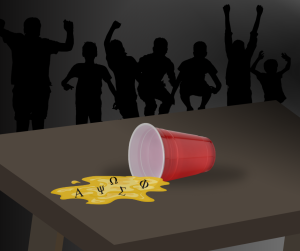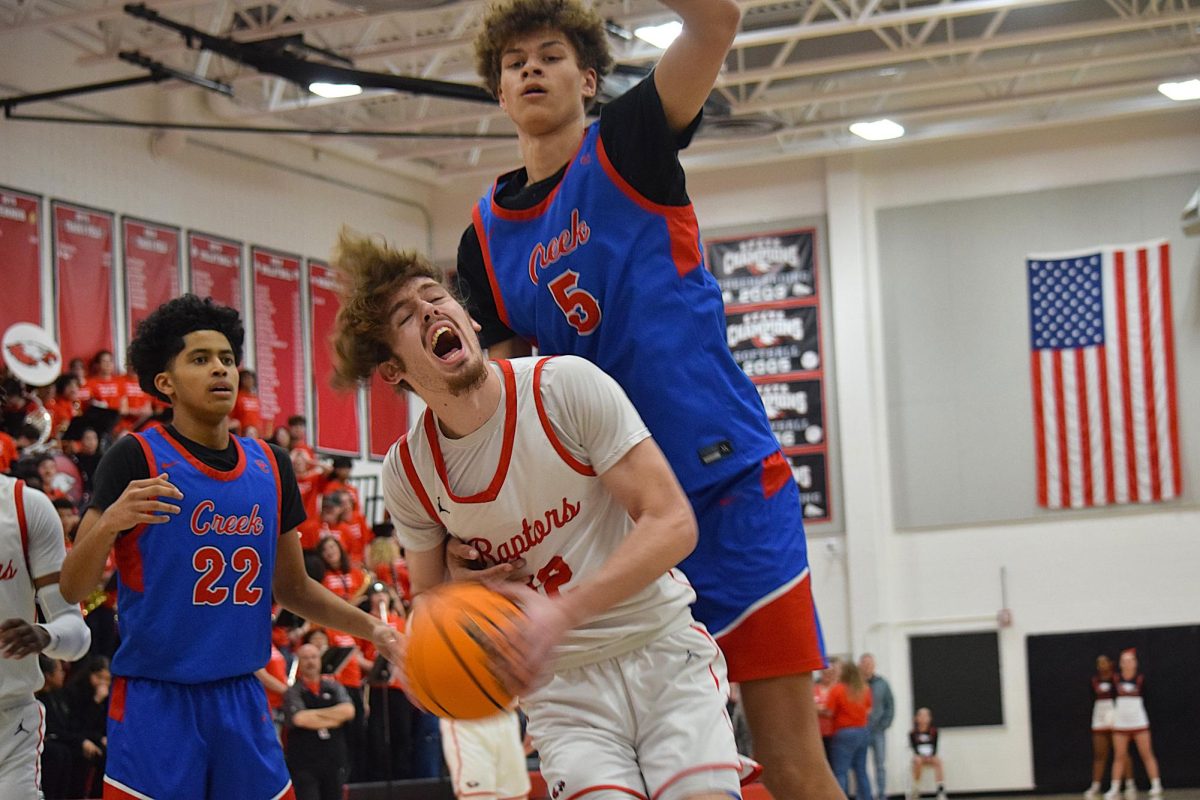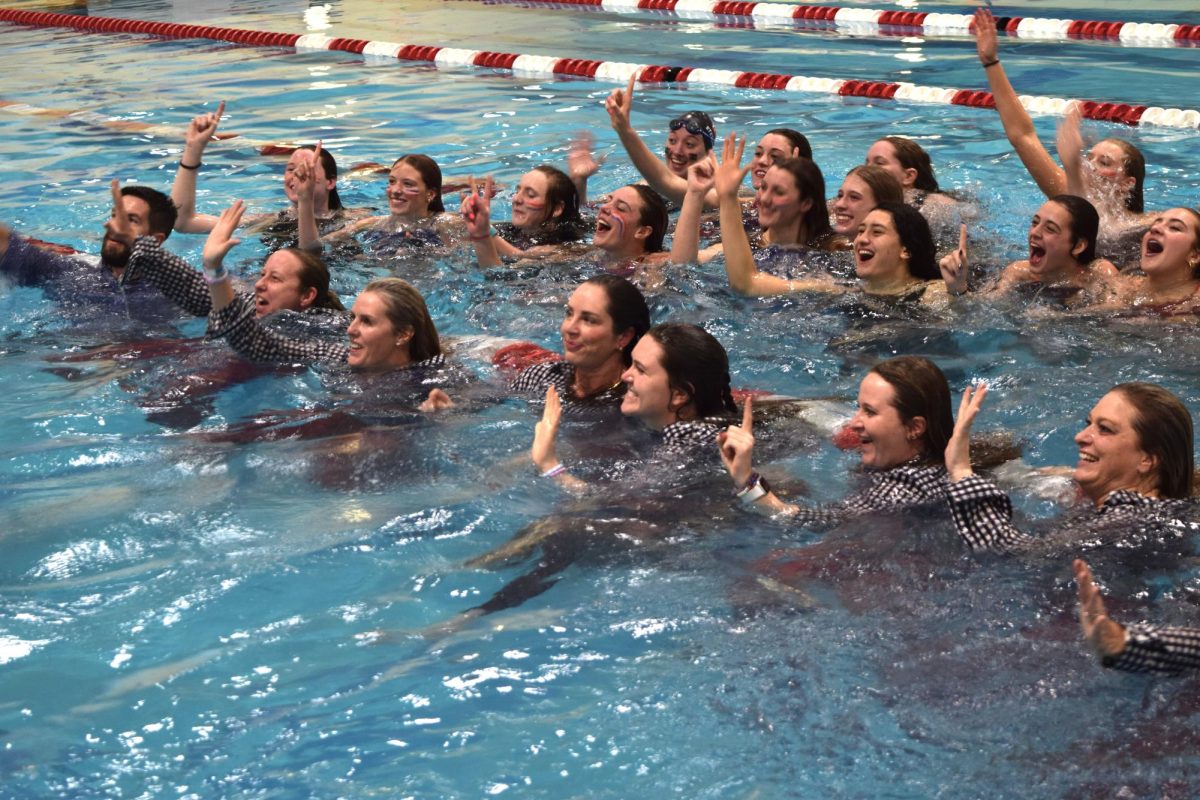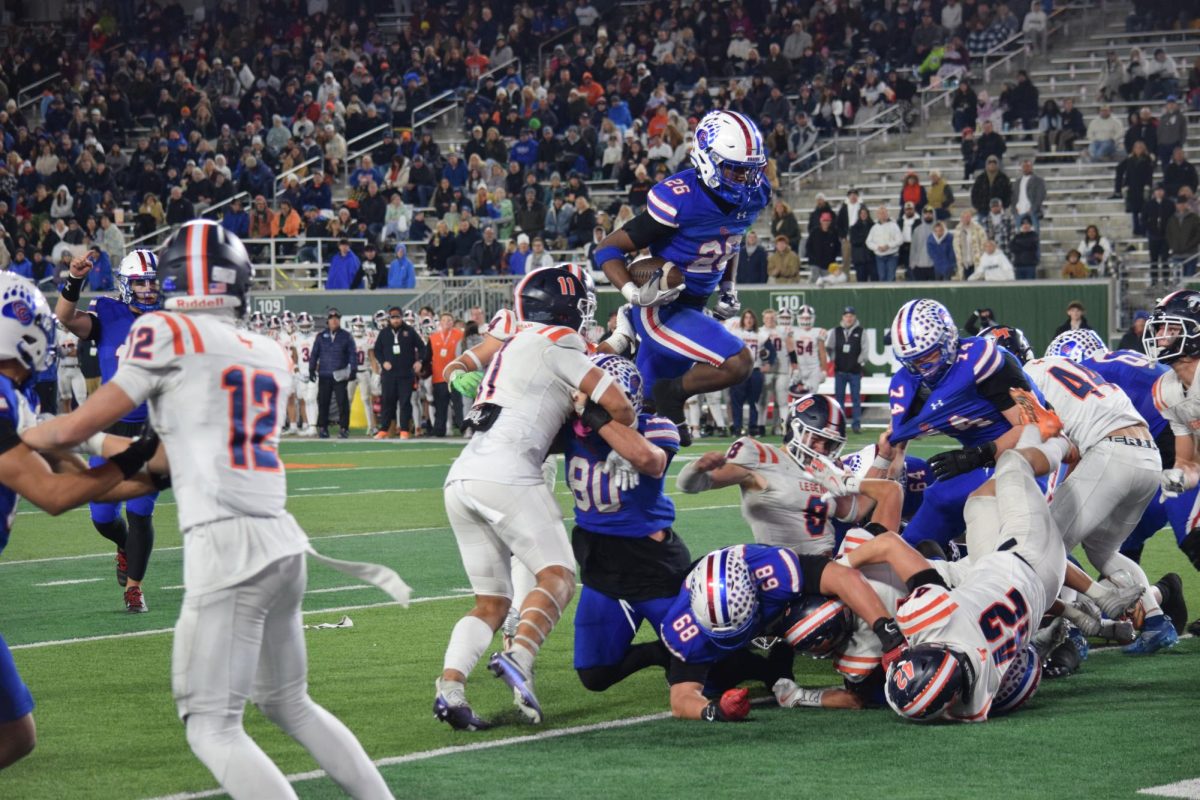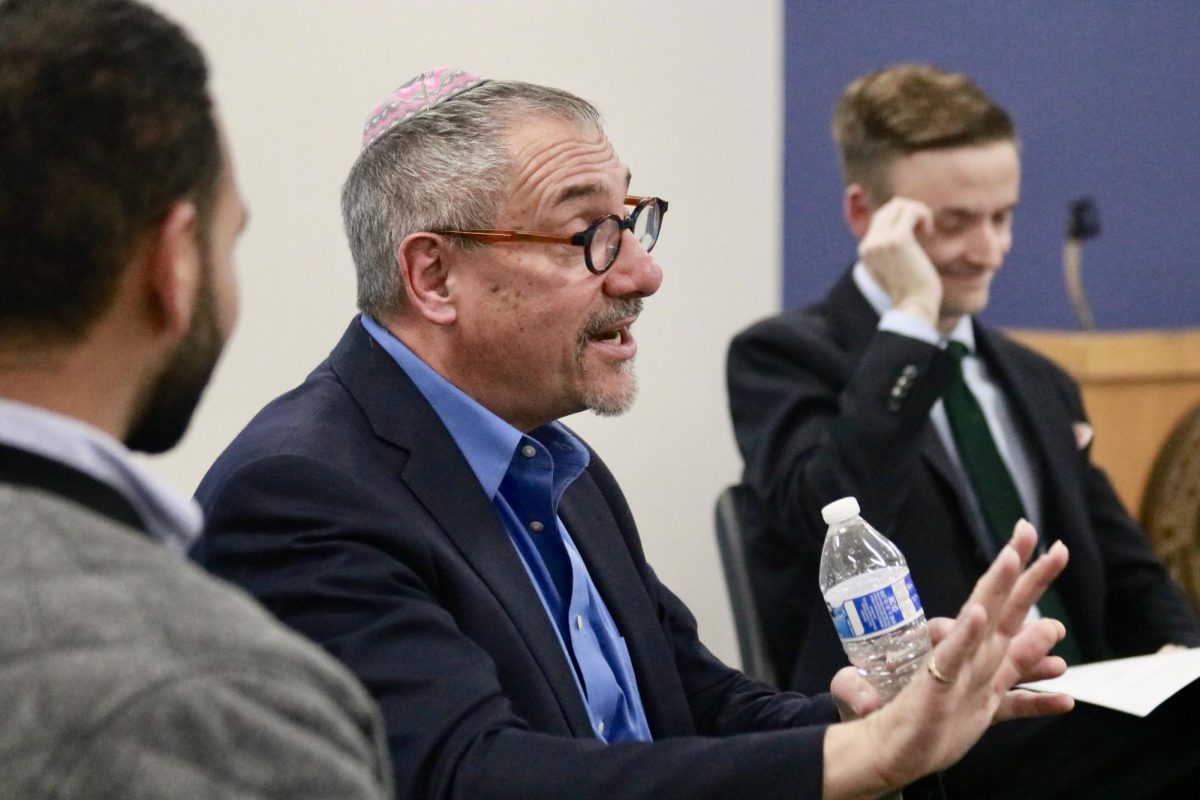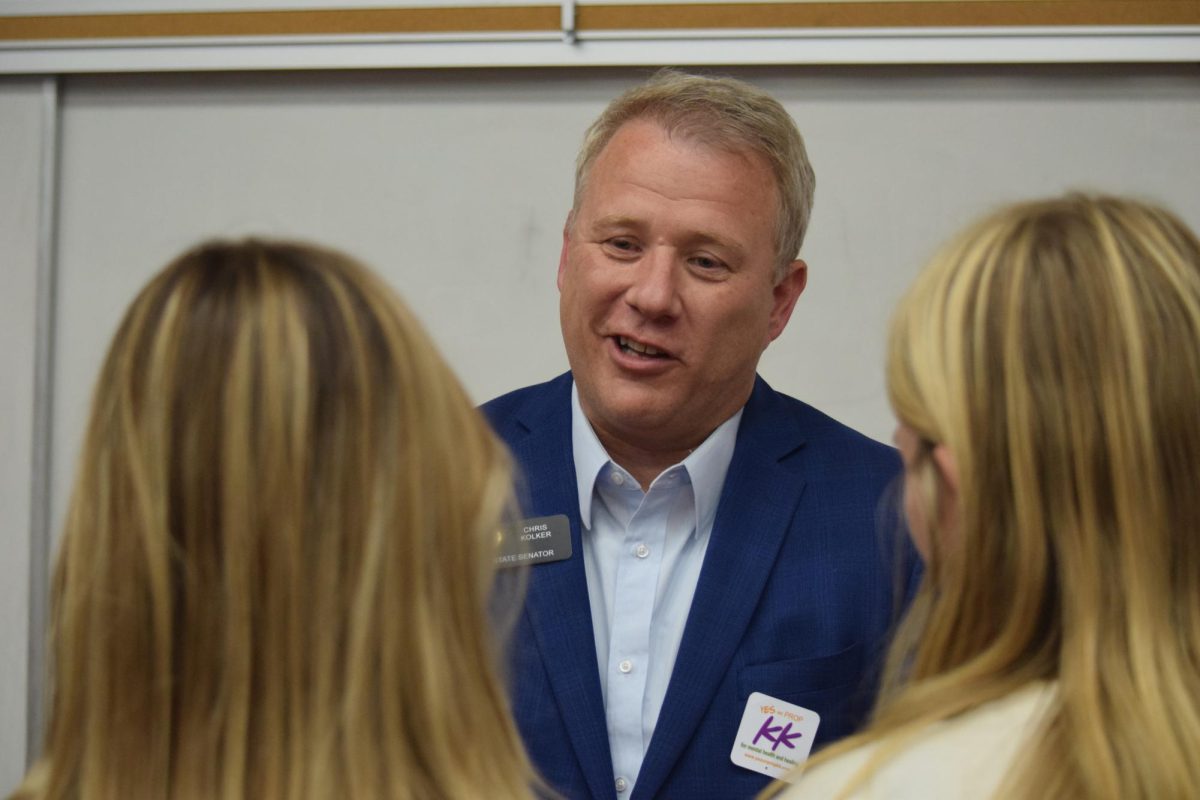Stuck under the surface
Advisory attempts to improve Creek’s mental health
February 29, 2020
It’s been eight months since the most recent suicide at Creek. With hope to stabilize the mental atmosphere, administration implemented the new advisory period.
But the majority of both students and teachers feel that although it is helpful academically, advisory isn’t making the intended impact – to provide emotional support in a comfortable and safe space for students.
“I do feel that in light of what happened last year we needed to take some real steps towards trying to address those concerns,” social studies teacher Matthew Buddington said. “I’ve got to say, I do applaud the school for taking positive steps to try to build a sense of community and support for students.”
By providing a solution so quickly, there is always the possibility that new problems arise. Many believe it was just a quick fix to a much bigger problem.
“I think the main thing to keep in mind is that we’ve done something that Creek doesn’t usually do, and that is jumping in and inventing as we go. The Creek way traditionally has been, ‘plan it out, sort it out, vet it, research it out, suss it out, and then make a move,’” English Department Faculty Senator Loreen Hughes said. “That’s a part of where some of the difficulties are coming from because we are kind of inventing this as we go.”
Many upperclassmen believe that by putting a group of random students with a teacher with little to no knowledge of their history together, relationships built on trust and closeness aren’t possible.
“Advisory, as admirable as the effort is, can’t succeed in what it wants to do which is create a sense of community when it throws two dozen students who barely know each other together for half an hour each week,” junior Sarah Bian said. “I appreciate the effort to try to help support us, but right now, it is a give and take situation.”
According to a poll of 486 Creek students, 58% of the student body approves of advisory’s intentions, but 65% feel that is has no impact on their mental health at all. If advisory is to stay within the schedule, it seems that more students need to see an impact on their overall well-being.
Many students are appreciative of the time advisory provides to complete homework and other assignments though. Aside from getting time to finish work, most students believe that the time spent on actually teaching or talking about the students’ mental health hasn’t progressed.
“The discussions and TedTalks shown during the period always end up being the jokes of the day,” senior Austin McBride said.
And it isn’t just the students who feel that advisory was a rushed solution. There are also difficulties due to the short amount of time teachers and faculty were able to prepare for teaching the period. The only training teachers received was one Sources of Strength meeting at the beginning of the year about what advisory was, what it would look like, and how to talk to the students.
But many students don’t feel that even the limited amount of teacher’s training is reflected in the classroom, but some, like senior Vida Elekovic, understand why that is.
“[The teachers] don’t really know what they’re doing quite yet, and I feel like my teacher doesn’t really know what he’s doing quite yet. That’s totally fine because it’s the first year. People are trying to learn about it and see how to help kids,” Elekovic said.
With this year being the first to have the advisory period, sudden changes like this are bound to need more time to take effect and make noticeable changes, especially at a school with over 3,700 students.
